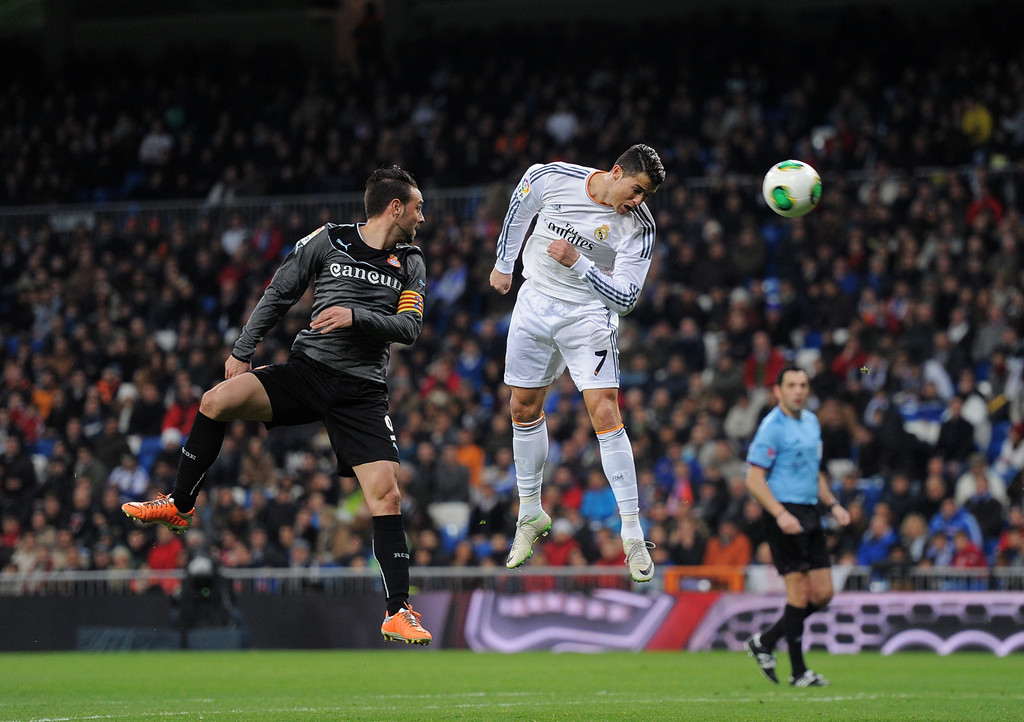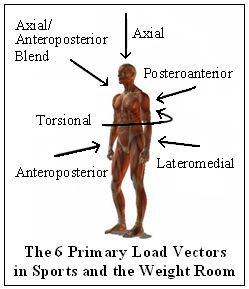
15 Jun How To Build A Beast Athlete Who Is Resilient, Fast, and Agile
Hi there.
If you clicked on this article, chances are, you’re ready to become a beast of an athlete.
Or better yet, you’re a coach or parent who has grown out of the days of programming the good old jog laps around the pitch, making kids do 100 burpees, enrolling them in extra skill work, and signing them up for high volume camps year-round.
Congratulations.
It’s time to graduate to beast, next level workout mode and to better server your players.
Not only will they become faster, stronger and more agile from the tips to follow, but they will become so resilient they can withstand a 90-minute match, as well as win a sword fight against Aragorn.

Training kids for the demands of their sports is all about building them into their strongest and most powerful selves.
That’s about it.
Admittedly, I’m basic in my approach. What’s funnier is, parents reach out to me via my website, inquire about training for their child, only to find out we’re doing Bird Dogs, Dead Bugs, Crawling, Skipping, and performing progressive strength work.
Lunges. Pull-Ups. Push-Ups. Squats. Carries. Presses. Hollow Holds. Planks.
Honestly, I’m not sure what they expect me to do during a session. Moreover, there have been numerous times I have taken their kid through a 10-minute dynamic warm-up, mobility work, and fundamental strength movements, that they leave flabbergasted they didn’t see anything revolutionary.
I mean, what do people think I’m going to do to their kid?
Film them as they perform resisted sprints with an oxygen max on?
Post to Instagram them tapping their feet through ladders with Drake music as the soundtrack?
Have them dance through agility rings while holding a dumbbell in ripped jeans?
I don’t know, man.
The world is funky nowadays when it comes to training methods. More often than not, parents are captivated by the trainers who have the most equipment, features, products, Likes, and followers.
What’s hilarious is, these charlatans don’t realize in order to be an effective coach who creates impact, you don’t need to do (or have) much.
Sadly nowadays, there’s so much flare without mastery of the basics.
There’s so much emphasis on followers and not enough on athletic development.
There’s so much training catered to complex, fancy movement rather than quality, safe movement.
There’s more concern for that video to go viral and not enough for that youth athlete to excel in life.
There’s more focus on equipment used and not enough on effective coaching cues.
Yes, I meant for my prose to rhyme on that last one.

Of course, I could go on and on, but I’ll spare you with the witty poetic.
This ain’t an English lesson. This is an Exercise Science lesson. With that said, it’s time to dive into how to build a beast of an athlete.
Spoiler alert: it’s not that complicated.
Rather, it’s a few main courses of simple, with a side of science.
Let’s do this:
1. Master the basics, yo.
You don’t build a fast car without a good engine and tank of gas.
You don’t build a fast athlete without good mechanics and coordination.
Sadly, I see kids progressing in exercises that are not meant to be progressed.
The basics, to that end, have not been mastered. Things like coordination, balance, posture, and stability and bodyweight control.
One mistake I see is kids loading bodyweight movements that have not been done with proper form yet. There’s lateral shifting in the hips, lack of balance, and muscle asymmetry, yet trainers are quick to throw the weights on.
Another one I see is youth athletes running with ipsilateral mechanics – same arm, same leg move simultaneously during a sprint it makes me want to bang my head against a wall. Or cue the Psycho soundtrack.
To that end, athletes cannot optimize speed unless they are running with coordination and core stability. Sure, they can get away with bad form for a while, but this is physical development people: it’s about optimizing our movement patterns.
2. Build strength and power.
Because sometimes, becoming strong has no downside. Put simply, you can’t go wrong with getting strong.
Still, it’s an uphill battle with most youth clubs and coaches to enroll kids into strength training programs.
There’s either “not enough time” or “it’s too expensive” or “they need more skills training!”
Without getting into too much of a dissertation here, here’s a rebuttal to the “not enough time” argument.
And here’s a rebuttal to the “it’s too expensive” outrage, and here’s one for the “they need more skills training!” nonsense.
Beyond physical gains, wise money investments, and true athletic development, the mental confidence gained from strength and power training is immense.
I mean come on: are you really going to deter female athletes from lifting heavy and challenging themselves?
Playing a sport at a high level is about being a beast who can overcome adversity and withstand stress. And last I looked, the weight room encompasses all of this.
If your kids aren’t getting strong, what’s the alternative?
Weak sauce.
By building strength and power, you’re bulletproofing athletes from injury, life adversity, and so much more. Do more of it.
3. Attack all angles.
Now this is when physics comes into play and when I put my nerd hat on: force vector angles matter when building a robust athlete.
To give you a clear image of what I mean, take a look at this diagram:

To be succinct, load all areas of the skeleton in your training. Not only does this translate to sport specific performance in various planes, under a wide variety of loads, but it also optimizes aesthetic goals, namely, body composition.
Take constructing a sculpture, for example. In order to build the perfect masterpiece, the sculptor must chisel the statue from various angles, with various amounts of force and load.

So think of your athletes like statues – to be molded, shaped, and challenged in order to become resilient and athletic.
4. Vary the basics
Alright, alright…I do get fancy every now and then.
Here’s a list of several ways to challenge the basic movements:
– Change your grip
– Change your contraction type
– Change your load side
– Change your tool
– Increase time under tension
– Increase chaos
– Add resistance
– Increase rate of force development
– Increase lever arm
– Be a ninja warrior
5. Take gym training as seriously as your team practices.
Imagine a world where youth athletes took strength and gym training as seriously as their sport.
There’s 3-4 practices a week, but about 2-4 gym sessions a week?
And don’t you dare utter the words, “we’re too busy! How will we have time for all of this?!
Also, “what about burnout!?”
Given you find a strength coach in your area who can spell undulating periodization, you’re in good hands. Trust me, they won’t be programming high intensity days for all of those sessions.
They’re sharp enough to know that recovery is an important part to kids’ rigorous sports schedules and a natural piece of year-round periodization.

While I’m on a roll with gym training frequency, don’t hit your strength coach with the “well-we-can-only-train-once-a-week” jazz.
Would your child do math homework once a week?
Would your child do team practice once a week?
Would your child review for the SAT once a week?
Would your child brush their teeth once a week?
Becoming a robust athlete is a commitment, after all. It takes an insatiable desire to work hard, be disciplined, and pursue a goal relentlessly. It bodes well to have this attitude with anything in life, right?
Not only will kids develop powerful bodies, but they will also develop healthy minds that are conditioned with fitness habits for a lifetime.
For more youth fitness exercise programming, get Total Youth Soccer Fitness.


No Comments